Today’s blog post is the seventeenth in a series, the transcription of Nimrod Headington’s 1852 journal, Trip to California.
In his journal Nimrod Headington details his 1852 voyage from New York to San Francisco and his search for gold in California. [1] [2]
Nimrod, with several others from Knox County, Ohio, set sail from New York on 16 February 1852, traveling on the clipper ship Racehound. After 5 months at sea they docked at San Francisco on 18 July 1852.
In today’s blog post, Nimrod continues his search for gold in California in the late summer through Christmas, 1852.
I was to relate a circumstance that happened at Frenchman’s Bar while I was there. It happened on Thursday night while I was at church. A man came to the cabin of Mr. Ross. He was a gambler and commenced to gamble, as all of those houses that kept boarders had a gambling table. His cash soon gave out. He had a large buckskin sack that he said was full of gold dust. He showed the sack to Mr. Ross and told him that he did not want to break in on it and asked him to loan him ten dollars, which he did, supposing he would shortly pay him back. The gambler was soon fleeced out of that ten dollars. He got up and set around from a while and then slipped off and came over to the house of Mr. Higgins, where I was boarding, and commenced playing again. He soon lost, and the buckskin sack was again exhibited, and he borrowed money again. This time the lender had the sack opened and found nothing in it but black sand. And a row was kicked up immediately, and Mr. Ross was informed of the contents of the sack. He came up immediately and took the gambler by the throat and demanded his money. The fellow said he had not a cent of money in the world. They took him out stripped of all clothing but his pants and tied him to a tree and gave him twelve lashes and then gave him one hour to leave.
When they were fixing to whip the gambler, there was a man named Brown in [favor of] having the fellow whipped, and the gambler drew from a scabbard that hung by his side a large butcher knife, intending to stab Brown, but Mr. Ross was standing right behind him and caught his arm. In drawing the knife, he struck a small boy in the shoulder, inflicting a severe wound. When they had the gambler tied to the tree and had given him 12 lashes, the little boy said, “Now give him 12 lashes for me.” They untied the fellow and let him go. And with the blood running down into his boots, he was soon out of sight.
Search for Gold Continues
Now I will return to the Sierra diggings. I came here on the 20th of September, 1852, on Sunday and stayed at the Sierra House at Chandlersville. He charged me one dollar for meals and nothing for lodging. This morning I started out prospecting, but I was sick for the first time since I left home. I layed down by a large red cedar log and layed there all day. Has it [not] been for some medicine my partners had given me, I would have had the [cholera]. The next day I felt some better but not able to work. But the next day I felt strong enough to work, and I went to digging holes in the ground to find gold. I kept this up for 5 days without any success. So I gave up prospecting and went and hired to work for 3 dollars a day to an Englishman. I worked 7 days and then quit. And then in company with 3 other men from [Ceeder Country Soway] by the name of McAfferty, Hardacher, and Moffit, we took a contract digging a ditch 125 feet long, 6 feet wide at the top and 4 feet at the bottom. It took us 26 days to do the work. We got six hundred dollars in cash and the dirt that we threw out of the ditch, which proved to be fairly good paying dirt.
After we completed this job, I jumped a claim that a man had forfeited by not keeping notices on it or working it. I went to work on it, and while I was sinking the first hole, this man came along and ordered me off. But I paid no heed to him. He went away, and I never saw him afterwards. After working this claim for a short time, I found a chance to buy a share in a claim with three other men: a Mr. Henry from Iowa and two men named Watkins from Kentucky. They had four claims of one hundred feet each and a small cabin, for which I paid $85.00. And then we held equal shared in the claims.
We had on hand 80 dollars’ worth of provisions at that time, which was only about enough to last us 2 weeks, as provisions were very high. At that time, $80.00 would not buy much more than one man could carry at one load. Flour was selling for 40 cents per pound, cornmeal at 28 cent, pork 59 cents, sugar 25 cents, molasses for $3.00 per gallon. Boarding by the week at boarding houses $14.00 to $16.00, in advance wages $6.00 per day.
We commenced to work this claim in the first day of December, 1852, and we worked 6 days without finding anything—the gold being so fine, we could not save it. On the seventh day the snow began to fall and continued for five days and nights without any letup, rendering the roads all impassable and covered up our cabins entirely. That caused a great many of the miners to leave this port and flee to the valley, especially those of them that had no claims and were about out of money. On account of the great depth of the snow, provisions were bound to be higher. On the 24th we were obliged to buy some provisions for ourselves. We had to pay 50 cents a pound for flour, 60 cents for pork, 40 cents for cornmeal. The next day, Christmas, we bought some dried peaches, for which we paid 60 cents a pound. And then we made duff for dinner, which we relished, but just how clean it was I will not tell you. The snow fell all day, and I felt very lonesome. Often thought of home and friends and the comforts with which they were surrounded on all sides in that land of peace and plenty. [3]
To be continued…
I will post Nimrod’s journal in increments, but not necessarily every week.
[1] Nimrod Headington at the age of 24, set sail from New York in February 1852, bound for San Francisco, California, to join the gold rush and to hopefully make his fortune. The Panama Canal had not been built at that time and he sailed around the tip of South America to reach the California coast. Nimrod Headington kept a diary of his 1852 journey and in 1905 he made a hand-written copy for his daughter Thetis O. Tate. This hand-written copy was eventually passed down to Nimrod’s great-great-granddaughter, Karen (Liffring) Hill (1955-2010). Karen was a book editor and during the last two years of her life she transcribed Nimrod’s journal. Nimrod’s journal, Trip to California, documents his travels between February of 1852 and spring of 1853.
[2] Nimrod Headington (1827-1913) was the son of Nicholas (1790-1856) and Ruth (Phillips) (1794-1865) Headington. He was born in Mt. Vernon, Knox County, Ohio, on 5 August 1827 and married Mary Ann McDonald (1829-1855) in Delaware County, Ohio, in 1849. Nimrod moved to Portland, Jay County, Indiana, by 1860 and during the Civil War served in the 34th Indiana Infantry as a Colonel, Lieutenant Colonel, and Major. Nimrod died 7 January 1913 and is buried in Green Park Cemetery, Portland. Nimrod Headington is my fourth great-granduncle, the brother of my fourth great-grandfather, William Headington (1815-1879).
[3] Nimrod Headington’s journal, transcription, and photos courtesy of Ross Hill, 2019, used with permission.

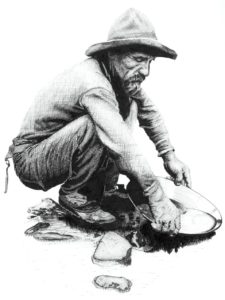

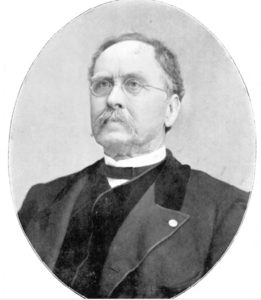
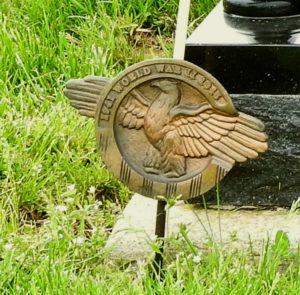
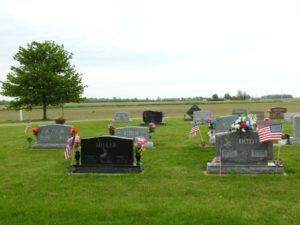



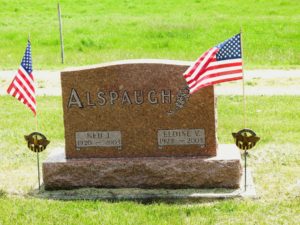
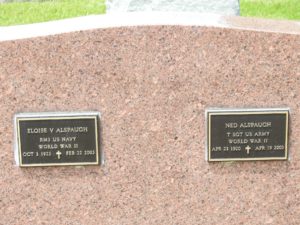
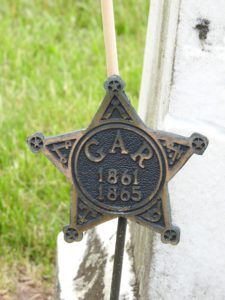
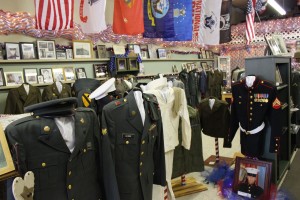
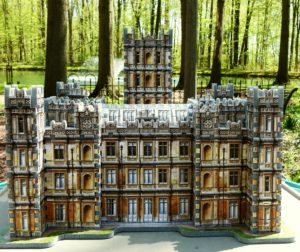
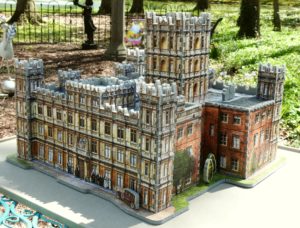
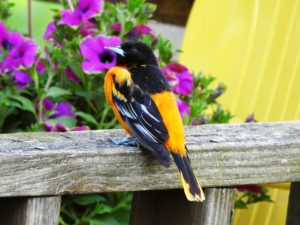
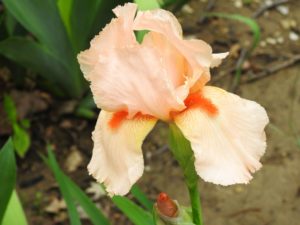
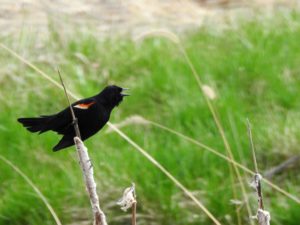

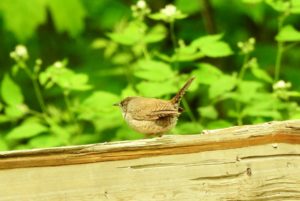
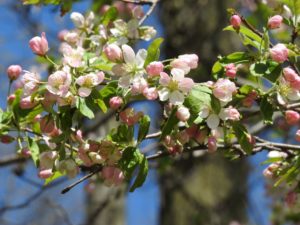

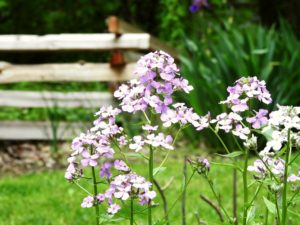

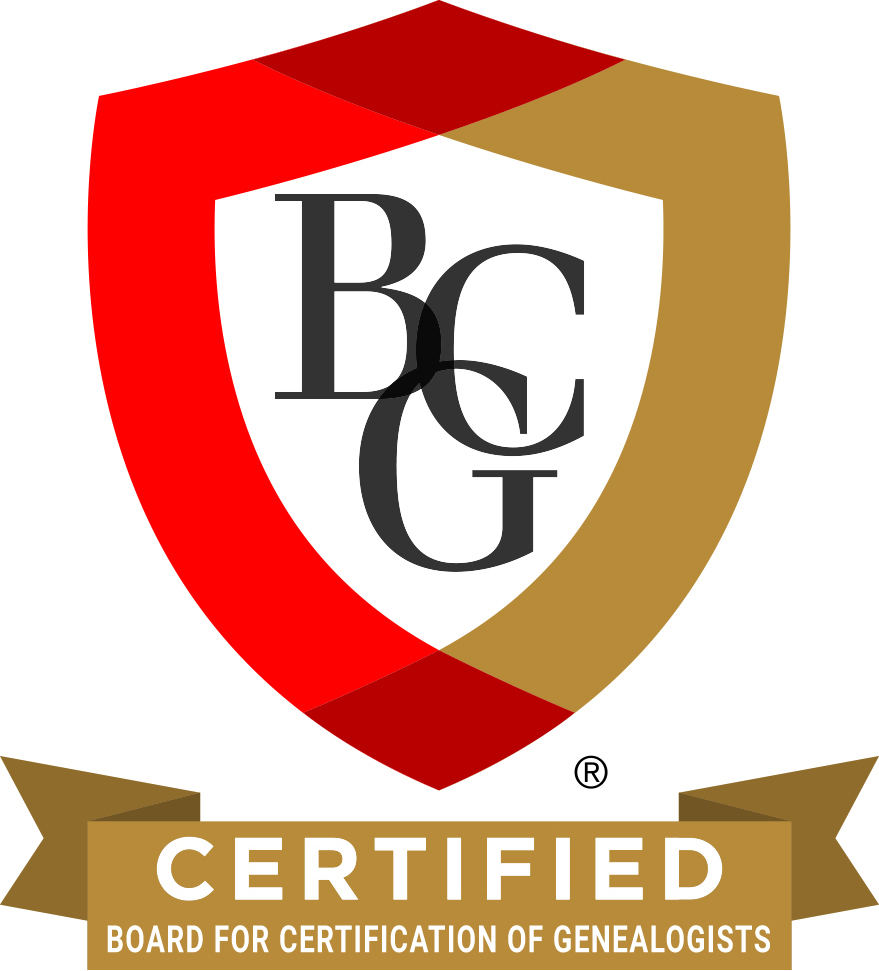
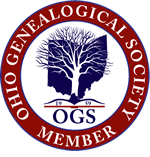

You are welcome!
You're welcome, Karen. I'm still working on this also. Thank you so much for all of your wonderful Mercer County…
Very interesting and great picture (I had neersee before) of the church! Thanks for sharing this, Karen.
Ha! I see why you say that. Your original surname was probably something similar to Schmitt.
Thank you for letting me know.